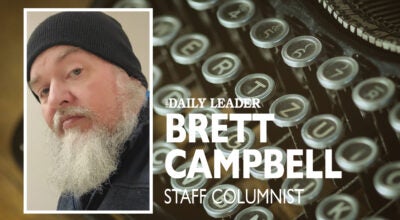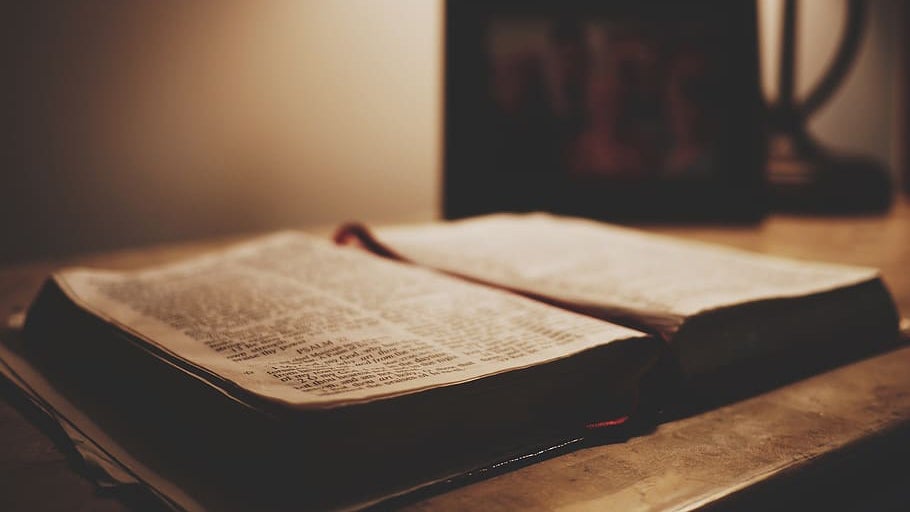New Madrid isn’t a problem, hopefully
Published 11:44 pm Friday, October 20, 2017
“Come on, do what you did,
Roll me under New Madrid.
Shake my baby and please bring her back.
‘Cause death won’t even be still,
Caroms over the landfill,
Buries us all in its broken back.” — Jeff Tweedy
I was reminded of those lyrics in Tweedy’s 1993 song “New Madrid” when I read about the Great U.S. Shake Out, a multi-state earthquake drill that took place this week.
Yes, earthquakes are a real possibility here in Mississippi and it’s due to our proximity to the New Madrid Seismic Zone. It stretches southwest from New Madrid, Missouri and threatens parts of eight states, including ours.
The New Madrid zone produced a series of powerful earthquakes in the early 1800s — they remain the most powerful to hit east of the Rockies. Just how bad were those quakes?
The first one was a magnitude 7.5-7.9 in northeast Arkansas that rattled where Memphis would eventually be located. The aftershock was just as strong.
About a year later, a 7.3-7.6 magnitude earthquake hit the Missouri bootheel. A couple weeks later, a 7.5-8 magnitude quake was centered near New Madrid. The place was destroyed, and even the Mississippi River appeared to flow backwards — the shaking created temporary waterfalls on the river and those waves traveled upstream. Residents on the Gulf Coast felt it.
More aftershocks followed. Back then, the Central U.S. was sparsely populated so the damage was limited. That’s not the case today.
Scientists estimate that a 7.6 magnitude quake would cause damage in St. Louis, Indianapolis and even as far south as Greenville, Mississippi. FEMA estimates that a quake that size would cause $2.8 billion in damage, kill 260 people and seriously injure more than 1,000 in St. Louis alone. Similar effects would be seen in Memphis and up and down the seismic zone.
Due to soil and rock composition, earthquakes in this part of the country can shake and damage an area 20 times larger than a similar quake in California, according to the Missouri Dept. of Natural Resources.
That sounds like scary stuff. While Lincoln County probably would not receive much damage from a New Madrid quake, we would feel it. And scientists put the chance of that happening at 7-10 percent.
A University of Illinois report on the potential damage if a New Madrid quake hit presents an almost unthinkable scenario.
“Nearly 715,000 buildings are damaged in the eight-state study region. About 42,000 search and rescue personnel working in 1,500 teams are required to respond to the earthquakes. Damage to critical infrastructure (essential facilities, transportation, and utility lifelines) is substantial in the 140 impacted counties near the rupture zone, including 3,500 damaged bridges and nearly 425,000 breaks and leaks to both local and interstate pipelines. Approximately 2.6 million households are without power after the earthquake. Nearly 86,000 injuries and fatalities result from damage to infrastructure. Nearly 130 hospitals are damaged and most are located in the impacted counties near the rupture zone. There is extensive damage and substantial travel delays in both Memphis and St. Louis, thus hampering search and rescue as well as evacuation. Moreover roughly 15 major bridges are unusable. Three days after the earthquake, 7.2 million people are still displaced and 2 million people seek temporary shelter. Direct economic losses for the eight states total nearly $300 billion, while indirect losses may be at least twice this amount.”
Others are not so sure. Some skeptical earthquake scientists say the ground in the New Madrid zone isn’t moving enough to create the kind of “strain” that leads to quakes. Those scientists think New Madrid is safe, even though there are hundreds of small tremors in the zone every year. The skeptical scientists chalk these up to aftershocks from the 1811-1812 quakes, not evidence of increased seismic activity.
I have felt an earthquake once, though it was small and I was nowhere near the epicenter. In 2011, a 5.8 magnitude quake centered in Virginia rattled us in the north-central portion of North Carolina. I was standing in my office when it felt like the floor temporarily turned to Jell-O. The shaking lasted maybe three to four seconds. The file cabinets rattled but nothing fell.
Back at the house, my wife and children noticed a few picture frames rattling on the shelves but didn’t think much about it. I assumed it was an explosion of some sort, maybe an underground gas line. My wife thought an airplane must have passed closely overhead.
No one thought it was an earthquake. Earthquakes don’t tend to stay fixed in our brains as a source of worry. Hurricanes, tornadoes — even terrorism — occupy more mental space in Mississippi than earthquakes. We just don’t put much stock in reports that tell us an earthquake could happen, likely because no one living today has experienced a significant quake in the Magnolia State.
But it would be foolish to assume it will not happen at some point. I don’t tend to be a “prepper” when it comes to natural disasters or nuclear fallout. I do not have a stockpile of food or water or gold coins. I have not purchased or constructed a bunker. I have a generator, a few guns and maybe a couple cans of soup. That’s it.
But I do have earthquake insurance. And I have at least glanced at an earthquake safety guide. Most guides recommend you “drop, cover and hold on.” The old advice of standing under a doorway is no longer recommended. Trying to run outside is also not advised. Call me crazy, but if the earth starts shaking along Mt. Zion Road I will be prepared — sort of. Hopefully, the New Madrid Seismic Zone won’t bury “us all in its broken back” anytime soon.
Publisher Luke Horton can be reached at luke.horton@dailyleader.com.





